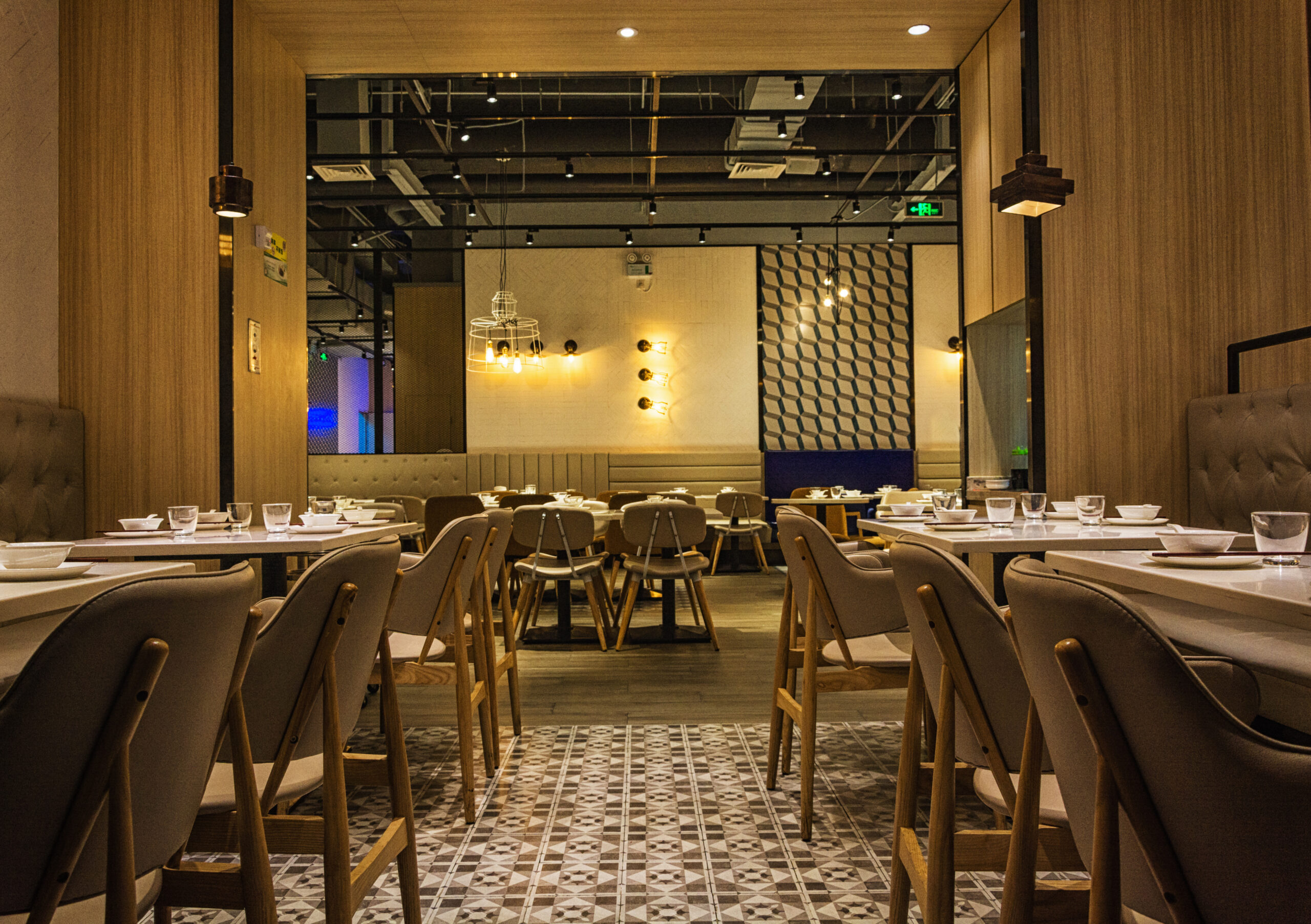
Renovating a restaurant is a significant project that requires careful planning and execution. Whether you are updating the design or completely redesigning the space, there are essential steps to follow to ensure the success of the renovation. These steps will help you create a space that works for both your business needs and your customers.
1. Planning and Budgeting for the Renovation
The first step in any restaurant renovation is planning. Define your goals clearly—do you want to modernize the space, improve functionality, or reflect a new brand identity? Once you know your objectives, the next step is setting a realistic budget. Renovations can be expensive, so it’s crucial to allocate your budget wisely across design, materials, labor, and any unexpected costs.
2. Choosing a Professional Renovation Team
Selecting a reliable renovation team is one of the most important decisions you will make. You need professionals who can bring your vision to life while keeping the project on track and within budget. For the best results, work with a team that has experience in restaurant interior design. Whether you hire an interior design firm or individual contractors, ensure they understand local building regulations, offer quality craftsmanship, and meet your specific needs.
3. Designing the Restaurant Layout
A well-thought-out layout is crucial to ensuring your restaurant is efficient and inviting. When designing the layout, consider how customers will flow through the space. Think about the seating arrangements, areas for staff to work, and how the kitchen will operate. A good layout enhances the customer experience, improves service efficiency, and ensures that both customers and staff can move around easily.
4. Upgrading the Kitchen and Back-of-House Areas
The kitchen is the heart of any restaurant, and its design and functionality are just as important as the front-of-house. During renovations, consider upgrading equipment, improving ventilation, and redesigning the space for better workflow. A well-organized kitchen can increase efficiency, reduce mistakes, and improve the quality of service.
5. Selecting Furniture and Decor
Once the major structural work is done, it’s time to focus on the furniture and decor. Choose furniture that suits the style of your restaurant and is comfortable for your customers. The decor should create an atmosphere that reflects your restaurant’s concept. Whether you want a modern, cozy, or casual feel, ensure that every element ties together to create a cohesive look.
6. Lighting and Ambience
Lighting plays a major role in setting the mood of your restaurant. Proper lighting helps to create the right atmosphere for your customers and enhances the dining experience. Use a combination of ambient lighting, task lighting for the staff, and accent lighting to highlight key features or decor elements. Carefully consider the balance between natural and artificial light, especially if you want to make the space feel more inviting or energizing.
7. Obtaining Permits and Approvals
Before starting your renovation, ensure that you have all necessary permits and approvals in place. This includes building permits, health and safety certifications, and any other legal requirements specific to restaurant renovations. Failing to secure these permits can result in delays or fines, so it’s essential to do your due diligence.
8. Cleaning and Preparing the Space
Once the renovation is complete, hire a professional cleaning crew to prepare the space for opening. A thorough cleaning will remove construction debris, dust, and ensure that your restaurant is spotless for your first customers.
9. Promoting the Renovated Space
After your renovation is finished, let your customers know! Consider hosting a reopening event or using social media to showcase the new look of your restaurant. Promotional activities, such as discounts or exclusive menu items, can help attract attention and bring in new customers while exciting regulars about the updated space.
Conclusion
Renovating a restaurant requires a lot of thought and planning, but following these steps, as outlined in a restaurant renovation checklist, can ensure the project’s success. From budgeting and selecting the right team to designing the layout and selecting the decor, each step plays a role in transforming your space into a welcoming and efficient environment. Whether you’re updating or completely redesigning your restaurant, following a clear plan will set you on the right path. Professional designers, like those at Exotic Interiors, can help you achieve a space that fits your needs and reflects your brand identity.
Recent Posts
- The Timeless Allure of Kundan Jewellery: A Symbol of Royal Elegance
- What is a Capacitive Switch and How It Works?
- Top Services Offered by an Artificial Intelligence Automation Agency
- How Can AI-Powered Inbound Call Centers Improve Customer Satisfaction?
- Understanding Your Customers: The Power of Market Research
Recent Comments

Understanding Your Customers: The Power of Market Research

Role Of Oven Toaster Grillers In Meal Prepping For Busy Professionals

Which Is the Best Shipping Option from the USA to India: Sea or Air?

How to Blend Home & Gym Workouts: A Balanced Routine for Everyone from Reddit Users

Why Skill-Based Games Are Gaining Popularity in India

Learn How to Play Tez Rummy – Simple Guide for Complete Beginners

Unlocking the Volleyball Betting Hack Sportsbooks Want Hidden: Strategies for Success
